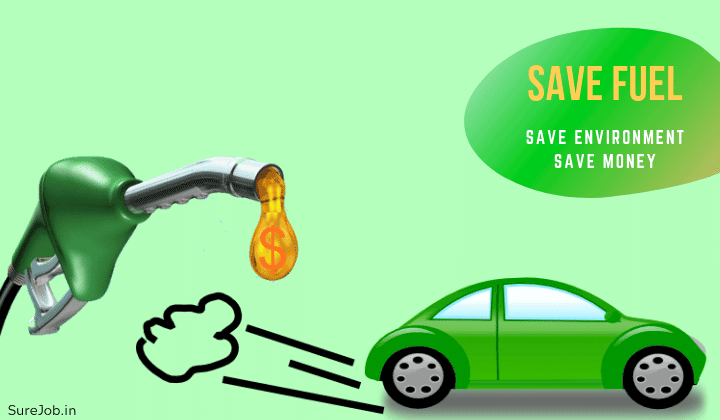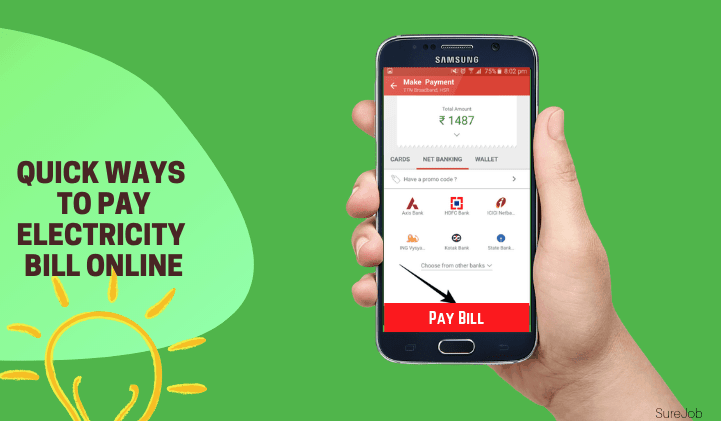With petrol and diesel prices shooting an all-time high during October 2018, residents of India are coughing up extra money to fuel their vehicles.
Nowadays, most middle-class and upper middle-class households in India have at least one vehicle- either a two-wheeler or car. Some have two or more.
There are several reasons why more Indians own vehicles now. Getting vehicle finance from banks and other lenders is very easy nowadays.
As public transport system reels under the burden of carrying excessive numbers of passengers, those who can afford, opt for a vehicle.
You may have bought a scooter, motorcycle or car to commute between home and workplace or even to take your family around during weekends, holidays and special occasions.
As volatility over US Dollar and Indian Rupee exchange rates prevail, fuel prices can only be expected to rise further, despite any attempts by the government and gasoline companies to stem the surge.
Hence, it is imperative you take steps to save fuel for better environment and cut down your gasoline expenses.

Here are some simple techniques for how to save fuel and get more from every litre of gasoline.
Top 10 Tips to Save Fuel for Better Environment
It is fairly easy to save petrol & diesel if you know some simple tips and tweaks. To help save fuel, we provide you some such vital tips and tweaks.
1. Spruce Your Vehicle Engine
India is a thriving market for used vehicles. Consequently, most people prefer to buy used or second hand two wheeler, cars and Sports Utility Vehicles (SUVs), vans and other automobiles. Invariably, they cost lesser and often, are bought from savings, thus avoiding vehicle loans.
It is fine to buy a used vehicle provided you maintain it well. The first element that needs maintenance is your vehicle’s engine.
To some extent, this holds true for new vehicles too since engines tend to lose efficiency over a span of time.
Maintaining your vehicle’s engine and getting it spruced from qualified, experienced workshops helps increase fuel conservation. It also extends engine life.
Thus, you save fuel for better environment and ensure your vehicle stays on the road for longer years.
2. Check Fuel Injection
Fuel injection goes by various names in different countries. It is a vital component of your car that connects the engine with your fuel tank. A fuel injector, fuel jet, fuel stream and similar components provide gasoline to the engine.
If there are any problems with this vital component, the fuel injector will release more petrol or diesel into your vehicle’s engine, causing undue wastage and loss of efficiency.
Fuel injectors can get affected by several factors. Prime among these are residues that invariably creep into petroleum products. They settle like fine dust on the filter surrounding your vehicle’s fuel injector and adversely impact its proper operation.
Hence, ensure the fuel injector of your vehicle is performing to its fullest efficiency. Faulty fuel injectors can lead to fires and cost you the vehicle or even life.
3. Proper Tyre Pressure
Majority of vehicle owners in India remain blissfully unaware or wantonly neglect this important feature called tyre pressure or inflation pressure.
It simply means air pressure in tyres of your two-wheeler or four-wheeler should be correct and conform to specifications prescribed by the automobile manufacturer.
Owner manuals of every automobile come with a chart that indicates correct type inflation pressures. This is because the amount of air is affected by climate and driving patterns.
Overfilling a tyre during summers can cause it to explode due as air inside gets heated by friction and external heat. During winters, air in tyres condenses.
Maintaining proper tyre pressure is important since it reduces drag on the road. This means your vehicle glides smoothly. The higher the drag by improperly inflated tyres, more the fuel your vehicle will use.
Hence, always ensure your vehicle tyres are properly inflated during all seasons to increase the conservation of fuel and save petrol.
4. Avoid Car Air Conditioning
Unless absolutely necessary and warranted by the climate or occasion, never use the air conditioner of your car. This causes your automobile engine to guzzle large volumes of fuel and adds to the price of a trip.
You can also save fuel by using a car air conditioner for some time and switching it to the fan mode after the necessary temperature needed for a comfortable drive is achieved.
Since the air conditioner is switched off, you save petrol while enjoying cool interiors of the car.
5. Shaded Parking
Where you park a vehicle also matters. Petrol is highly volatile and is easily affected by heat. Should you park the vehicle in direct sunlight or in warm places, chances are, some portion of your fuel will evaporate.
Caps of vehicle fuel tanks are designed to stem losses by evaporation. Tanks are also fitted in a manner that reduces exposure to heat and sunlight for obvious reasons.
However, parking a vehicle in a shaded area helps save fuel for better environment to some extent.
Should you use car air conditioning, a vehicle parked in shade will cool faster than one left in the open.
Hence, you can save petrol by exerting some effort to find a cool, shaded parking area for your vehicle. This holds true for two-wheelers and four-wheelers.
6. Shun Heavy Traffic
If you ride or drive your vehicle in heavy traffic, more fuel will be wasted. This wastage occurs on account of halting at traffic lights, frequent changing gears, varying acceleration and longer driving time.
You can save petrol by selecting an alternative route or simply by avoiding rush hour. Another way to save fuel is carpooling. This means, sharing your car with colleagues or neighbours headed for the same destination.
Through carpooling, you will drive with neighbours or colleagues on one particular day in your vehicle. On other days, you travel in vehicles of your colleagues. This saves fuel and helps minimize traffic on busy roads.
7. Accelerate Carefully
Everyone loves speed but it comes at a cost. To accelerate any vehicle, you need to get more power from its engine. This translates as higher use of fuel.
Instead of accelerating unnecessarily, simply stick to the stipulated speed limits and drive in the middle lane, where possible.
Driving at reasonable, moderate speed helps save fuel for better environment. To save fuel in this manner, you may have to start early to reach a destination.
Driving at moderate speeds also helps avoid accidents that can damage the vehicle or injure others and yourself.
8. Beware of Open Windows
While using air conditioners leads to excessive fuel consumption, driving with windows open does not help much either. When driving a vehicle with windows open, you inadvertently increase drag.
The wind draft caused by a vehicular motion enters the car and creates a drag. This slows down the vehicle slightly. Consequently, you need extra fuel while driving.
It is possible to overcome this drag by driving at a moderate speed. The faster you drive with open windows, the higher the drag. Hence, driving at a slow or moderate speed helps reduce some drag and helps save petrol.
9. Use Highways/ Expressways
Wherever possible, use highways and expressways because they allow you to drive at a consistent speed. You need not change gears frequently. These factors help save fuel for better environment and cut gasoline related expenses.
If driving within the city, look for service roads and interior roads that can reduce driving time and help you save fuel. They may be slightly inconvenient but the savings makes it worthwhile.
Use Google Maps to find alternative routes that help circumvent dense traffic and makes your ride or drive faster and shorter.
10. Cabs v/s Own Vehile
Using cabs is not a bad idea if you are getting a good rate from companies like Uber or Ola and other taxi service companies. Calculate the distance you need to drive and compare with fuel your vehicle would consume.
Often, the cost of riding a cab can be lower than what you would spend on fuel by taking own vehicle.
Unless warranted by a situation or occasion to use own vehicle, opt for a taxi from such companies. You can also share rides and save both, fuel and effort.
Final Thoughts
As we mention earlier, there are no indicators that existing high prices of fuel are going to be slashed anytime soon. Au contraire, there are projections of fuel prices soaring towards the Rs.100 per litre mark in coming months.
A vehicle owner, it becomes imperative to save fuel and get the best value for money when you fill that gasoline tank. You can draw some extra mileage from your fuel tank by following these tips and tweaks.








